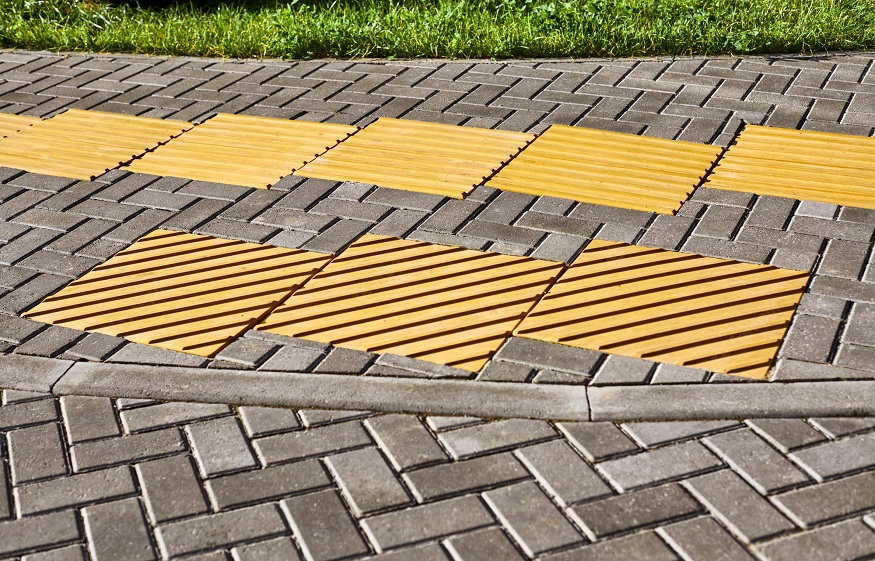Tactile tiles are a great solution for visually impaired people who need to navigate their surroundings. They are used by people with poor vision or low vision or those with conditions such as autism and ADHD that make it difficult for them to focus on objects in their field of view. When considering tactile walking surface indicators suppliers to install tactile tiles in any given area, there are several factors you should take into account.
What are tactile tiles?
Tactile tiles are a type of flooring that uses raised, braille-like patterns to allow blind or visually impaired people to navigate their environment. This type of flooring can be used in various settings, including residential homes and offices, hospitals, and schools. Tactile tiles help create an accessible environment for everyone, so it is important to consider the many factors before installing them in your home or business.
Surface Type
Tactile tiles are available in a variety of surface types. The surface type should be selected based on the application and environment.
Raised dots, bars, and lines create a dense, continuous pattern that allows individuals to “map” their way around the space using their sense of touch alone. This is an excellent choice for environments such as schools or hospitals with many distractions, such as people talking and children running around.
Raised tactile shapes provide more distinct information about objects, making navigation easier for people with visual impairments and those with low vision conditions like cataracts or macular degeneration. The raised symbols are typically engineered to be easy for anyone to identify, even if they do not have fine motor control.
Maintainability
The tile surface is easy to clean with a wet cloth or vacuum cleaner. It can also be cleaned with a mop and broom, but care must be taken to avoid damaging the tiles.
Avoid abrasive cleaning agents and chemicals, which could scratch the surface of your tactile floor. It’s best to use products that are safe for use on ceramic tile surfaces.
If you decide to use a commercial cleaning product on your tactile floor, be sure to test it in an inconspicuous area first. If it leaves any residue, or if there’s any damage to the surface of the tiles, don’t use that product on your entire floor.
Installation
Tactile tiles can be installed on a variety of surfaces and are typically installed in a grid pattern. The height of the tile above the surface will vary depending on the type of flooring. Still, it’s generally recommended that tactile tiles should be set at least 1/2″ above any flooring to allow for debris such as leaves and other debris from getting caught between them.
Composition
Your decision to use tactile tiles should depend on the composition of these materials. For example, you might need to know if the tile is made from metal, plastic, or rubber. The composition will determine whether it’s suitable for your project and how easy it will be to install. In some cases, you might need a special adhesive to fix the tiles properly and make them stay in place for years.
Location and Use
The first step in the process is to decide where you want to install the tiles. Tactile tiles are available in many different styles, sizes, and colors, so choosing a tile that will go well with your space is important. Some examples of appropriate locations include:
- Indoor low-traffic areas (e.g., industrial factories)
- Outdoor low-traffic areas (e.g., pedestrian walkways)
- Residential areas where residents have limited mobility or vision impairments (e.g., doorways, bathrooms)
Conclusion
Tactile tiles are a fantastic solution for people who are visually impaired, but they can also be a great addition to any home or business. Before installing tactile tiles, it’s important to consider the type of surface that you have and what kind of maintenance will be required over time. It’s also important to find out where these tiles are located so that they don’t interfere with anything else around them.




